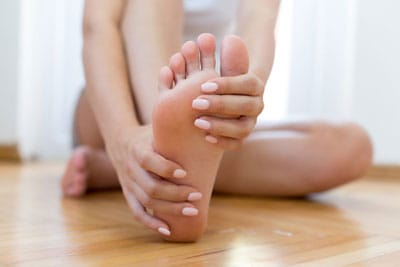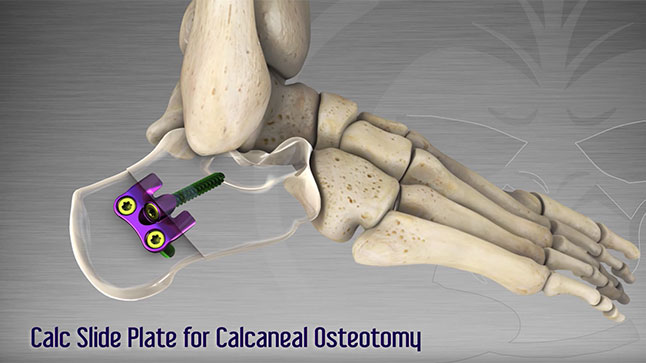The arch of the human foot isn’t something we’re born having. The arch develops during childhood, in most people. But some people never develop a foot arch. While those who weren’t born with a foot arch may never have foot or ankle problems, people with flat feet can be at an increased risk of these issues in the future.
Additionally, even people who have lived most of their lives with arched feet can sometimes experience “fallen” arches. Fallen arches are often the result of aging and many years of wear and tear on the feet, which can weaken the tendon responsible for supporting the arch. Flat feet are a more common occurrence in women than men, especially after 40. There are also are other conditions that can increase the risk of flat feet or fallen arches in adults. These include traumatic foot or ankle injury, obesity, rheumatoid arthritis, and diabetes.




